Bear garlic - properties and application
Contents:
Everyone knows the common garlic that we use almost every day in the kitchen, but what is wild garlic? Is it the same as the normal garlic that we use every day in the kitchen? Not quite – wild garlic, also called witch's onion or gypsy garlic, has many of the same valuable properties as the commonly known garlic, but also has some additional and extremely valuable substances for our health. In terms of appearance, however, nothing resembles traditional garlic. It has the shape of long, lanceolate leaves that contain many health-promoting properties. Its flowers are white and spherical and give off an intense garlic smell (hence the name of this plant). The flowers contain harmful substances and are inedible. According to the Minister for the Environment's regulation of 2012, wild garlic is a partially protected plant and may not be picked in places where it grows wild. However, it can be cultivated. It is then cultivated and sold on the market.
What properties does wild garlic have?
Wild garlic leaves are an extremely valuable source of vitamins A, C and B as well as minerals in the form of iron, magnesium, potassium and phosphorus. What distinguishes wild garlic is the high content of sulfur compounds in which its leaves are rich. They have a very positive effect on the proper functioning of the digestive system. They support bile secretion and help maintain normal bacterial flora in the intestines. Another valuable ingredient in wild garlic is phenolic acids, which are extremely helpful in infections, for example, and make it easier to cough up secretions. In addition, wild garlic:
- has a positive effect on the cardiovascular system,
- helps lower blood pressure,
- helps to lower the level of bad cholesterol,
- protects against free radicals,
- supports the proper functioning of the liver,
- reduces the risk of blood clots,
- has strong antifungal, antibacterial, antimycotic and antiparasitic effects.
wild garlic can be used in the kitchen as a spice. We can successfully add it to soups, sauces, cheese and meat dishes. Its leaves can be used instead of basil leaves to make an aromatic and healthy pesto prepare.
Contraindications to the use of wild garlic
wild garlic is not recommended in the diet of people with stomach ulcers. Also remember that you should not pick wild garlic yourself, not only because of the regulation of partial protection of this plant, but also because it is easy to confuse it with inedible or poisonous plants. It is also important to know that both wild garlic and wild garlic are a source of sodium thiosulfate, a compound that is toxic to some pets, especially dogs. Therefore, we should not feed the animals leftovers from food that have been previously seasoned with one or another type of garlic.








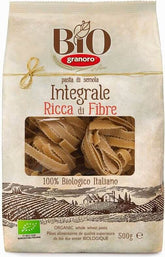



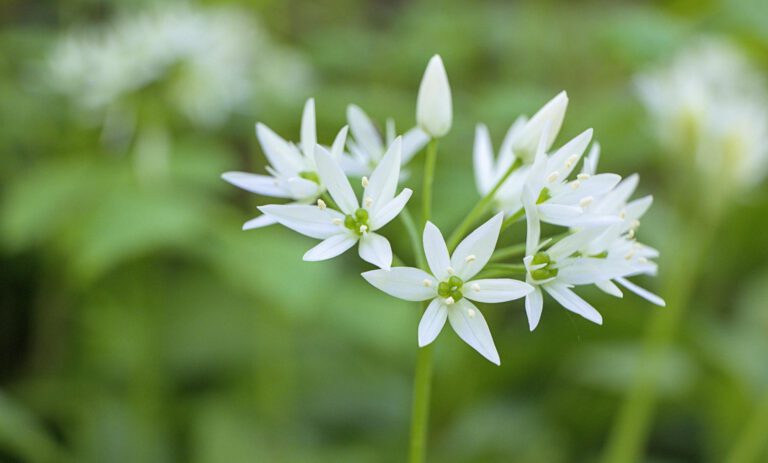
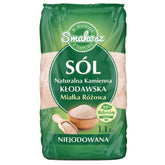
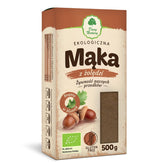
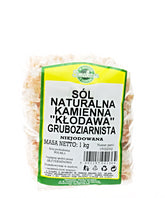
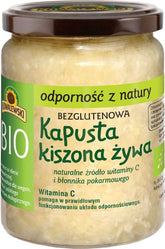
Leave a comment
Please note that comments must be approved before publication.